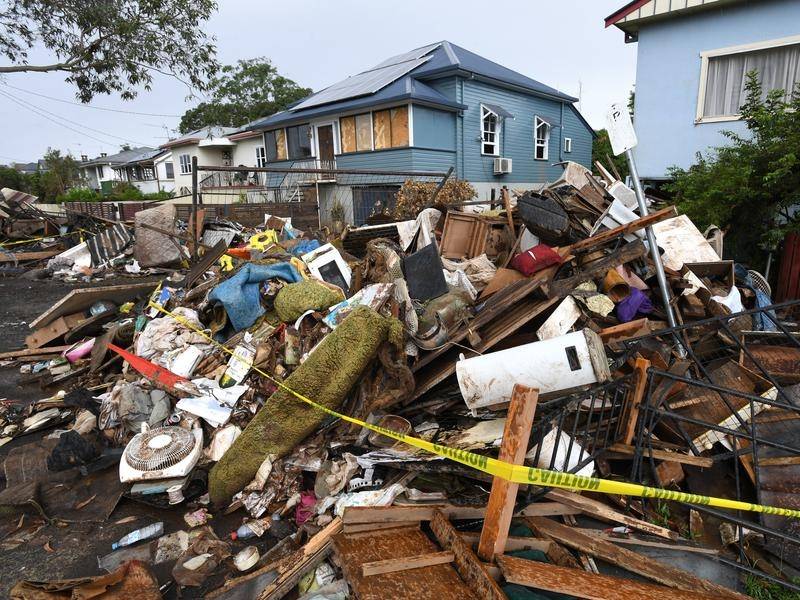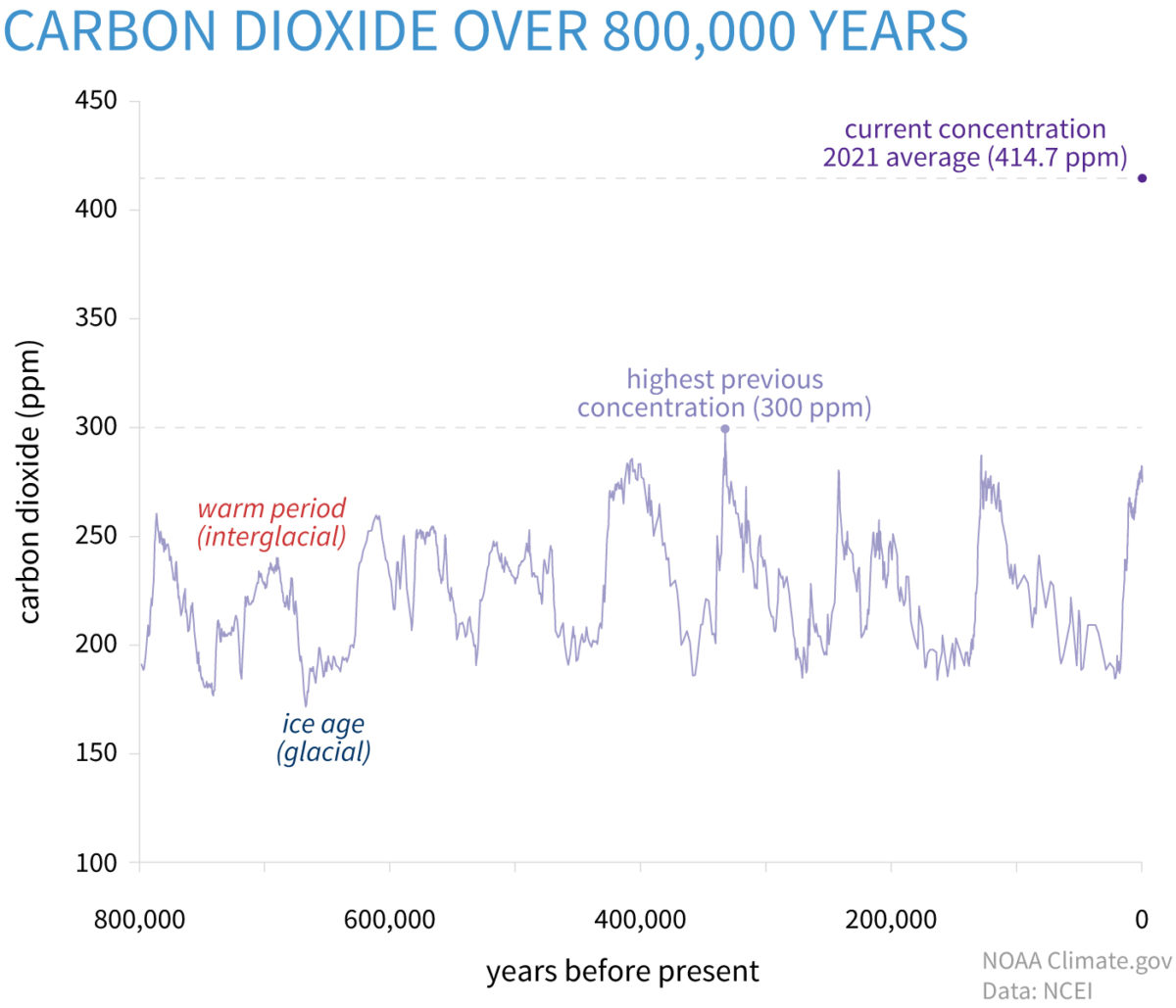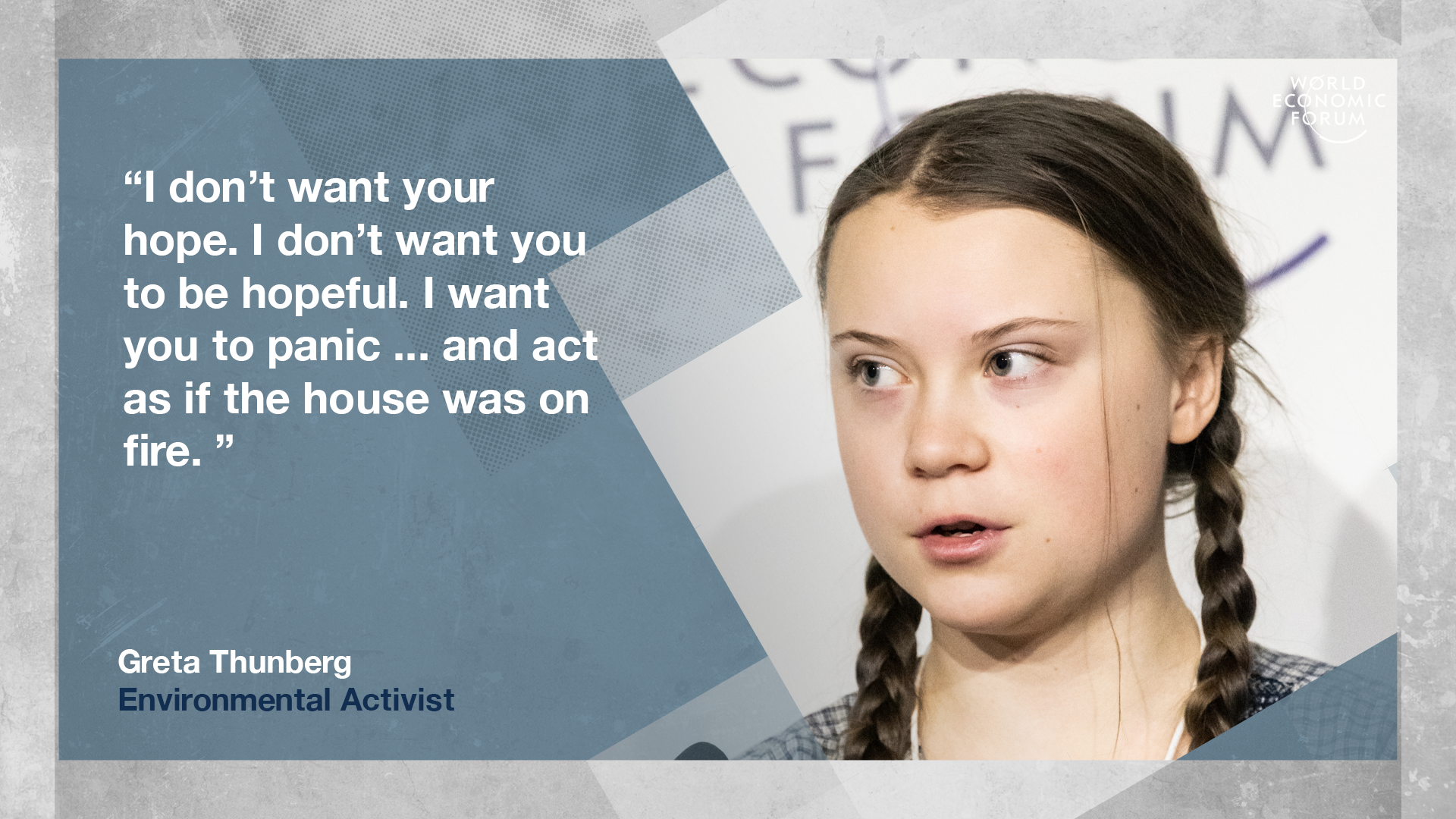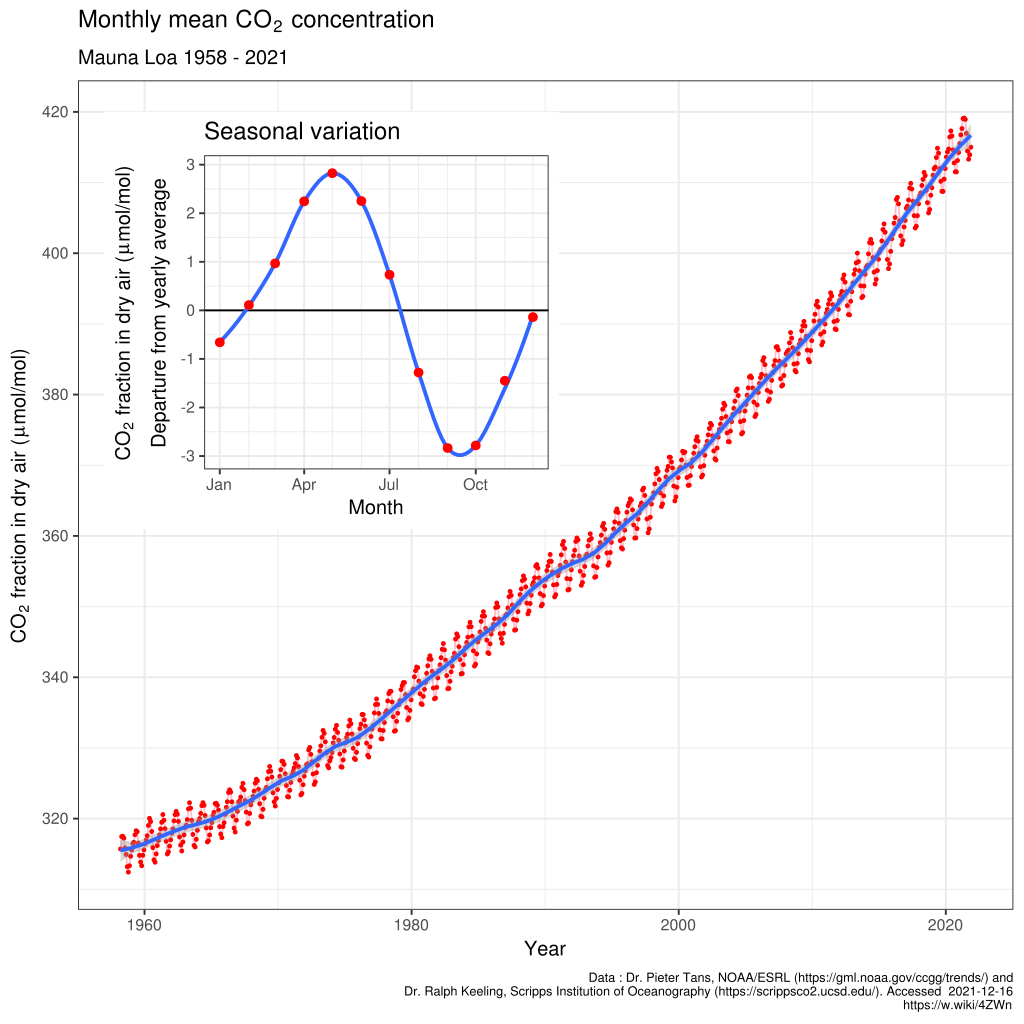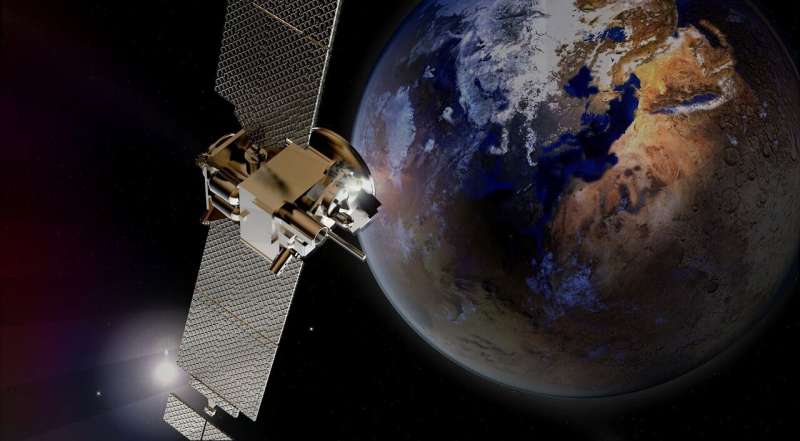Earth’s annual healthcheck — and our future
A compendium of graphs plots key indicators of our changing climate. Unless trends are reversed today’s lethal extremes will be ‘lethal ‘new normals’.
Climate scientist Zach Labe shows us in a collection of simple graphs from his WordPress page how many of Planet Earth’s vital signs have been changing over recent decades. He plots the best available data, and lets the plots tell the story without adding his redundant commentary.
However, If you want, you can still follow links that explains how the data was collected and analyzed. Click on Climate Visualizations at the top of the screen to open a pull-down menu, and then on FAQ and my methods at the bottom of that menu.
Plotting the reality
Four critical variables (the three critical greenhouse gases and global average temperature) show us how our changing climate is progressing.

The collection of graphs shows completely unambiguously that ever more heat energy is being loaded into our planetary climate system to make it hotter and more humid — where heat and humidity are the drivers for all kinds of extreme weather events.
If you look at the most recent years of Rising Temperature (beginning with 2020) you might think temperatures have stopped rising. However, this is almost certainly dangerously wrong. We have just finished an unusual three successive periods of La Niña conditions that result in below average global temperatures. GIven the generally increasing rate of temperature rise, the next El Niño periods are likely to be substantially hotter than the last ones (2014-2019) when Australia suffered the record-breaking bushfires of our Black Summer that even burned temperate rainforests that survived previous fires for many hundreds of years.
What do the graphs tell us?
In the past VoteClimateOne’s Climate Sentinel News has posted many articles attesting to the increasing frequency, extent and ferocity of extreme weather and the increasing chaos and costs these cause.
As the energy in the climate system continues to rise, catastrophes will increasingly overlap such that more damage and chaos will be caused by following events before recovery from earlier ones is complete. We are already seeing examples of this in NSW’s Northern Rivers and southwestern areas. At some point (in the not distant future — if global warming is not reversed) the still growing social and physical costs will lead to social and physical collapse of society.
Can you do something to change the picture?
At this point both major political parties in the NSW government are still defending and even subsidizing the fossil fuel industry’s (coal and gas) continuing increasing emissions of greenhouse gases.
It is time for you to help elect a government able to act effectively against the climate emergency by ensuring neither party has a majority to do things without people’s support. Hard-right members in either party who will do deals with anyone to stay in power to enforce their religiofascist dogmas tend to ignore even stark objective realities such as the climate crisis shown by Earth’s vital sighs. Such people need to be replaced by electing teals, other community-oriented independents and Greens who accept the reality of the climate emergency and are willing to prioritize acting on it.
My Climate Sentinel News article, Is Premier Perrettet a far-right puppet, or the puppet master?, documents and explains how the kind of ultra dogmatic hard-right politicians got into power that most need to be replaced by parliamentarians who will represent and work for the voters’ benefits. As the now deceased Lyenko Urbanchich, ex MLC David Clarke, federal Senator Alex Hawke, the Tudehope family and the Perrottet family have shown on the far right of the NSW Liberal Party, if your faction can fill key positions in party and factional organizations with collaborators who can organize cadres of ‘storm troops’, it is easy to put whoever the faction ‘leader(s)’ may want into Parliament. The party’s ‘safest’ seats are taken over by using the cadres to subvert preselections by branch stacking and simple thuggery or by bypassing preselection entirely with direct appointments (as has been demonstrated many times over the 40 years of history covered in my article).
Here I focused on the Liberal hard-right. But it should be recognized that Labor also has had and probably still has a very similar hard-right. This was made most evident in the impact Bob Santamaria had on the Labor Party in the 1950’s that led to it a near-lethal split to form the Democratic Labor Party. I have not had the time to adequately research the NSW Labor Party, but its leader, Chris Minns shares many characteristics with Dominic Perrottet, and has even backed and defended him over the treatment of climate protester Violet Coco. Like the Liberals, Labor also safe seats giving factions many opportunities to subvert real democracy. To me this is more than enough reason for VoteClimateOne to advise voters in such seats not to vote for factional puppets in hopes of making the seat marginal. Even if you don’t get rid of the puppet this time, you may be given a real opportunity in the next election to preselect someone actually representing you (rather than someone dogma) in the next election.
How to vote?
We won’t suggest who you should vote for. However we try to show you in our NSW voting guides where we think each candidate in your electorate stands relative to action on the climate emergency and whether we think there are reasons a particular candidate might be considered to be a puppet or less trustworthy on issues than others in the electorate. These recommendations won’t be complete or final until we have had a chance to work our way through those on the ballots provided by the Electoral Commission.
Featured image
Featured image from Dettre, M., (18/08/2022). Lismore City News, Questions over NSW flood victims’ buyback / More than a thousand people lost homes in the NSW Northern Rivers floods. (Darren England/AAP PHOTOS).
Health Minister Minster Mark Butler says ongoing trauma can manifest in increased rates of anxiety, post-traumatic stress and domestic and family violence: “Mental health is one of the government’s highest priorities and I recognise that these flooding events have been hugely traumatic for many people,” he said…. For some of these communities, this has been their fourth flood in 18 months.”
